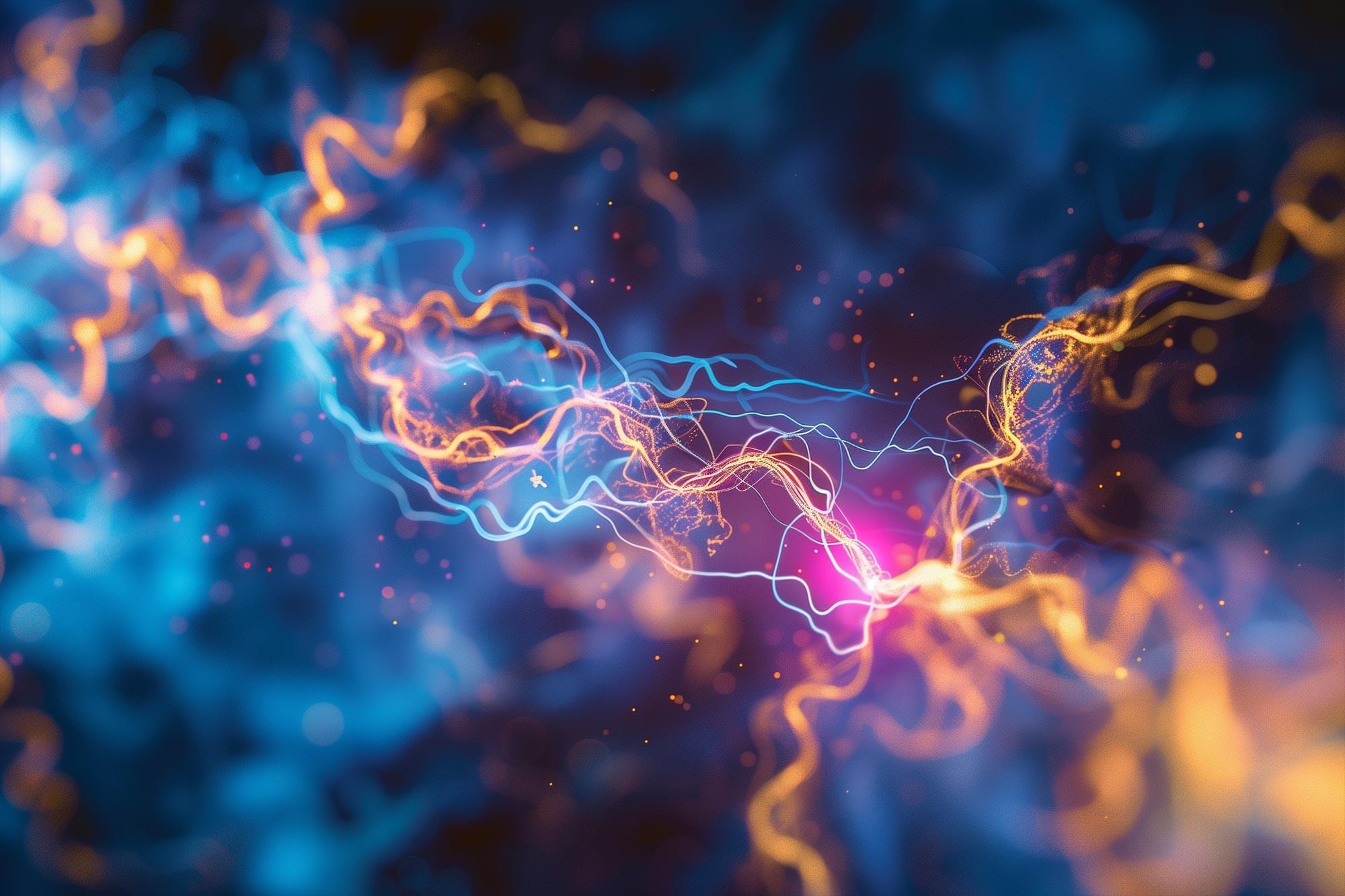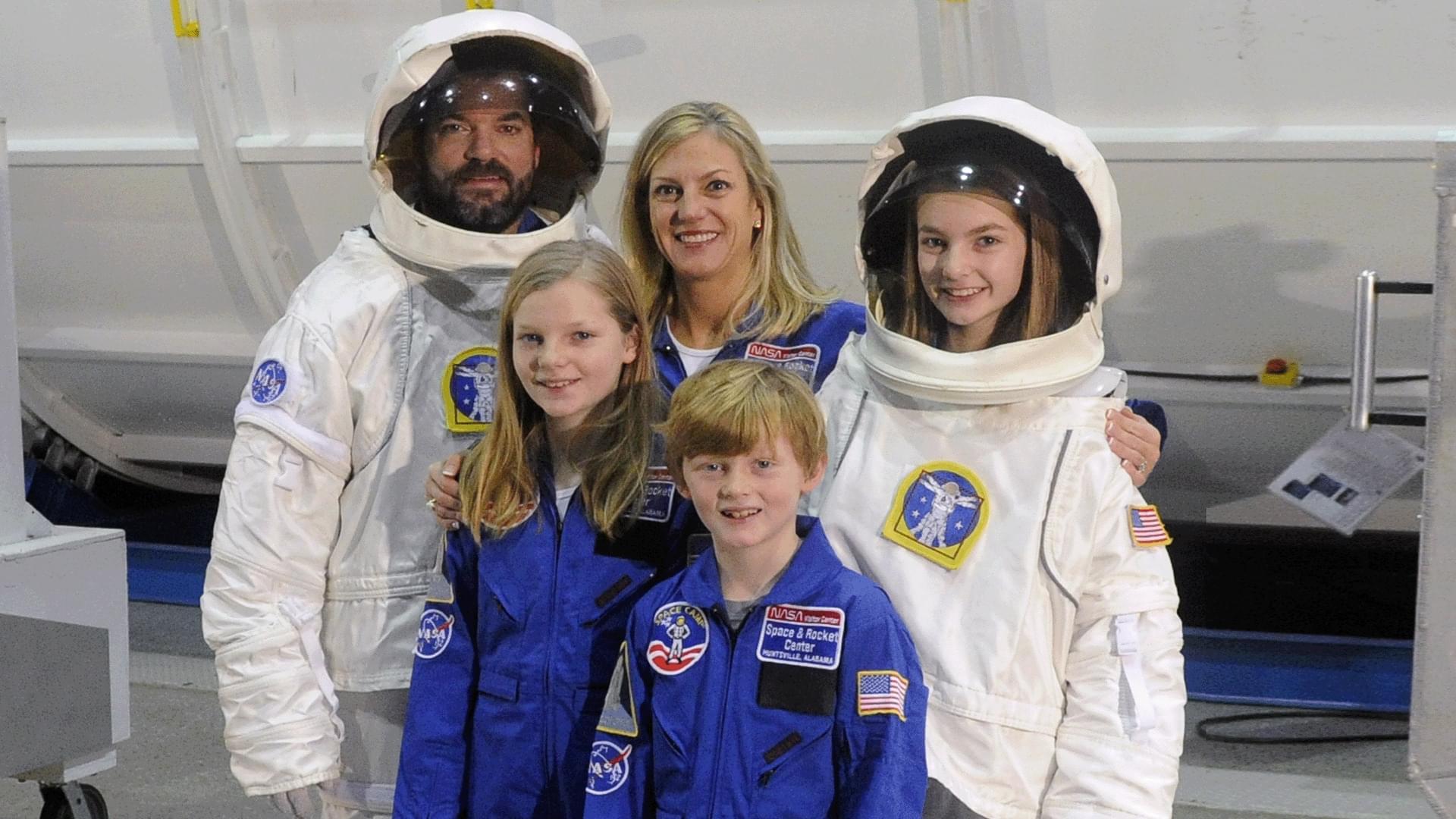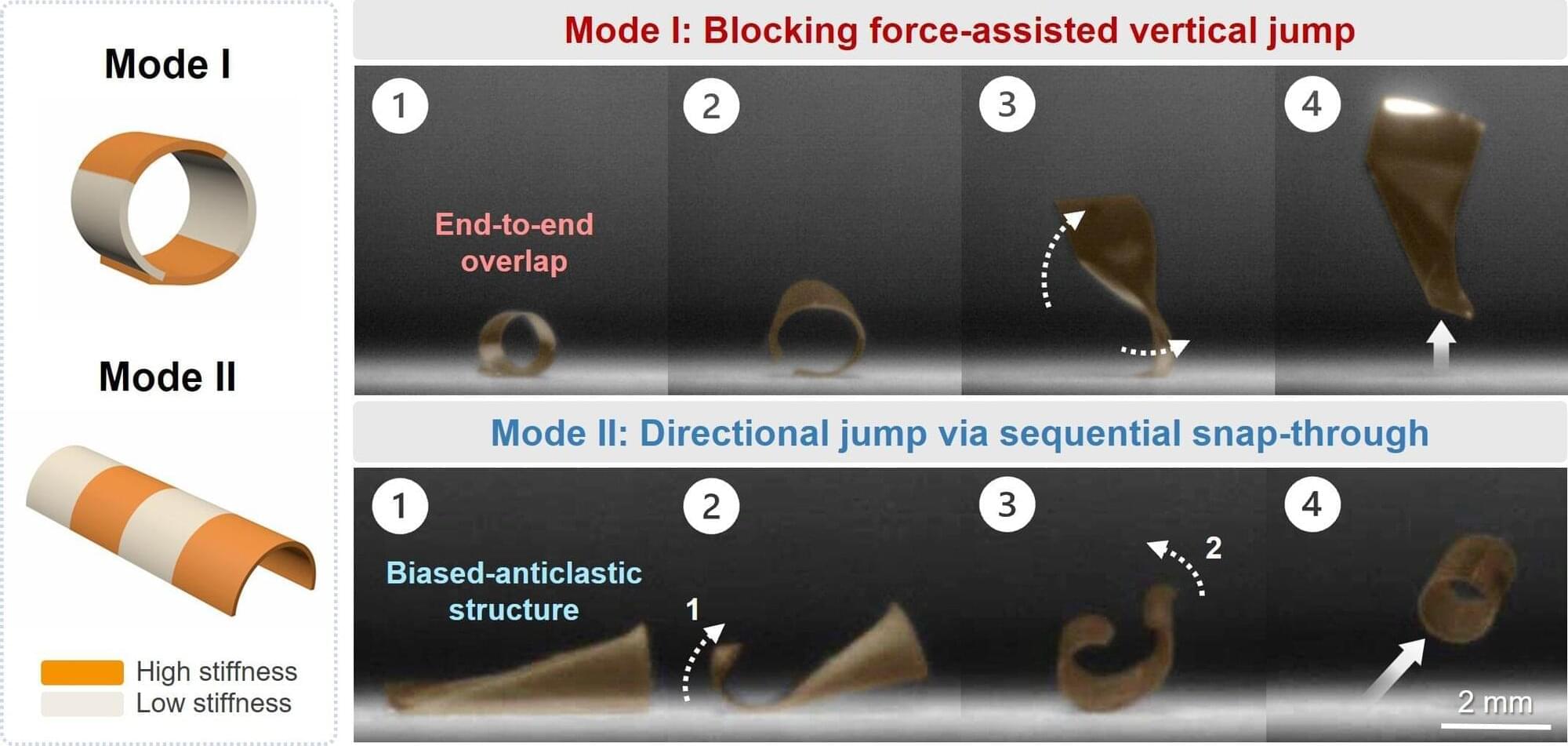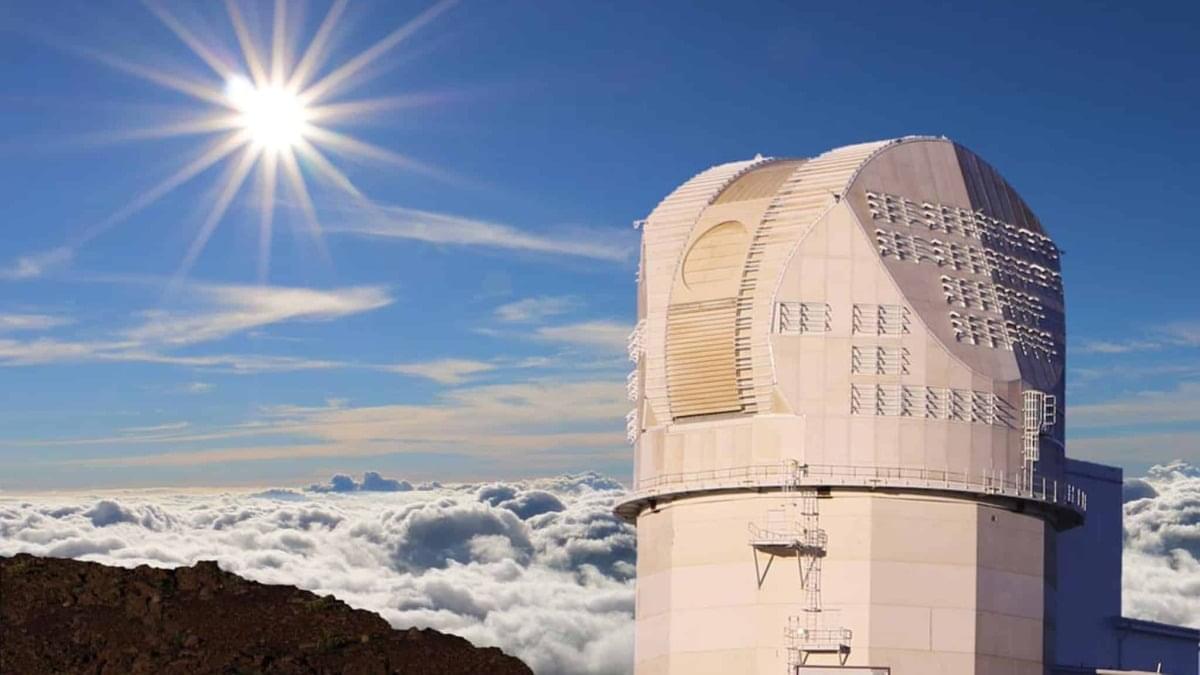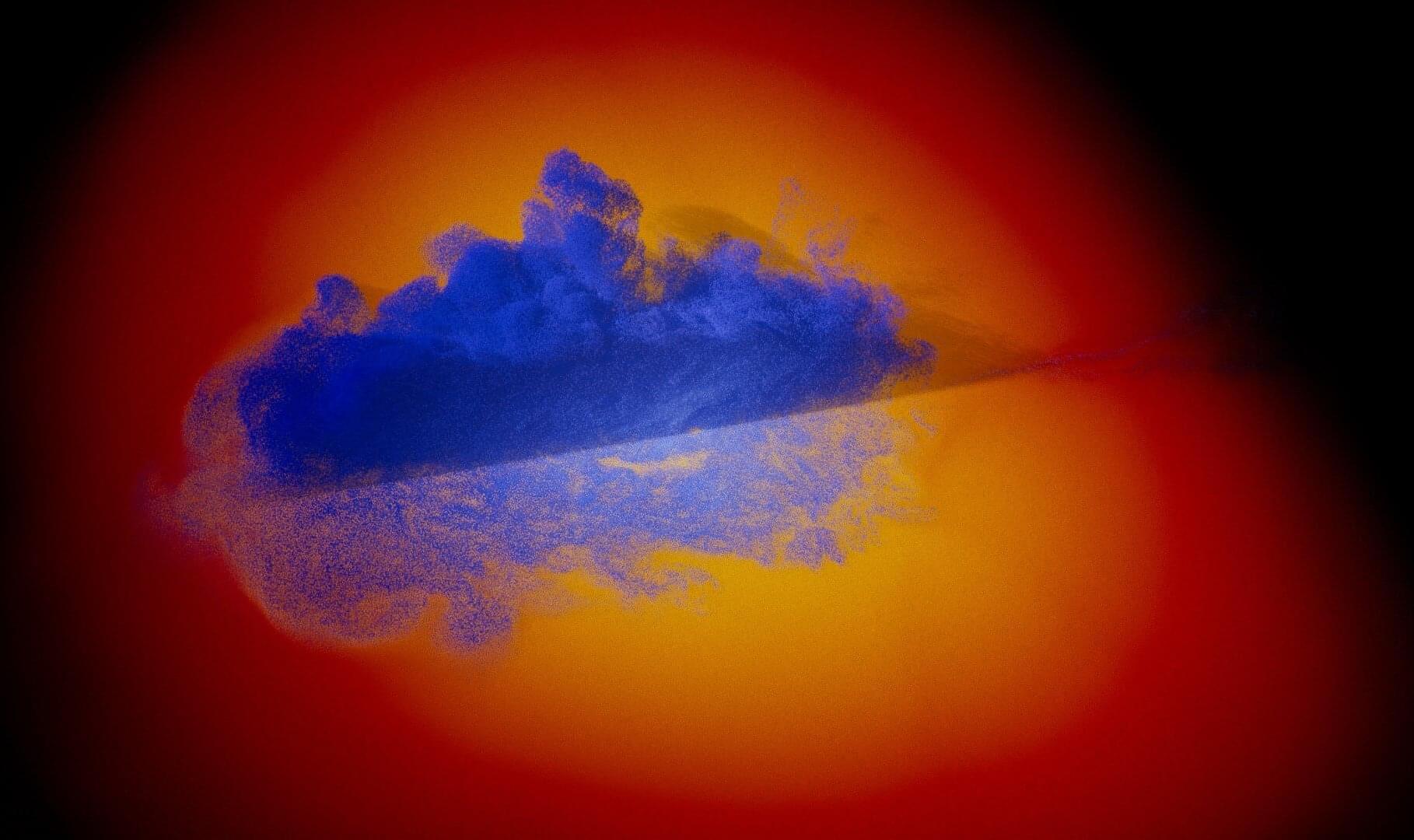Looking for the perfect vacation? Do you crave late-night fun? PSO J318.5−22, the planet with no star where nightlife never ends, is perfect for you! Prefer some peace and a chance to catch some rays? Kepler-16b, the land of two suns—where your shadow always has company—is waiting.
In 2015, NASA launched an unusual and brilliant exoplanet outreach campaign, offering retro-style posters, virtual guided tours, and even coloring books. The project quickly went viral worldwide. What explains the success of a campaign about a relatively young field of science that—unlike other areas of space research—lacks spectacular imagery?
Ceridwen Dovey, science communicator, writer, filmmaker, and researcher, has just published in the Journal of Science Communication a Practice Insight paper that presents a case study focusing on the Exoplanet Travel Bureau’s poster campaign. Dovey describes the productive working relationships between scientists and artists that produced this standout work and shows how, in contexts like this, artists are not merely in service to science but can also inspire research itself and help scientists clarify their own thinking.

